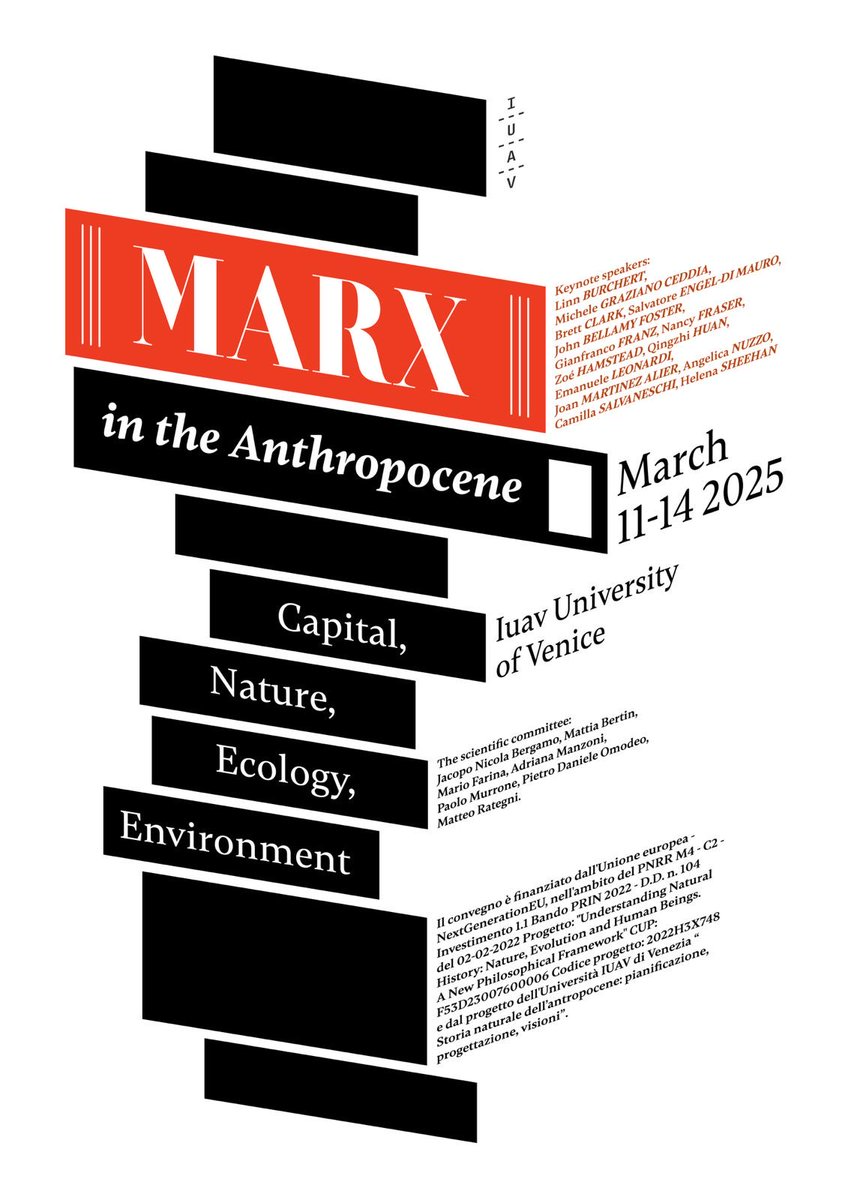
Labor and Form – Revisiting "Stoffwechsel"
In my talk, I will revisit the German term "Stoffwechsel," which was coined in the 19th century by such prominent figures as the chemist Justus von Liebig, who defined the term scientifically, the philosopher Karl Marx and the architect Gottfried Semper, who gave the term theoretical significance. Literally, Stoffwechsel means "(ex)change of matter". Over the course of the 19th century, the term Stoffwechsel moved beyond its scientific origins in physiology and reverberated widely across the areas of economics, technology, art, and architecture. In the light of these writings, Stoffwechsel means both the "transformability of materials" in architecture (Ákos Moravánszky) and the "metabolic regimes" of urban and ecological systems (Timothy Morton), thus addressing the character of the development of the material world. According to Marx, Stoffwechsel does not occur solely as a biochemical automatism, but always requires also "labor". Labor appears as a "process between man and nature"; through labor, Stoffwechsel leaves the purely natural automatisms, such as digestion or photosynthesis. The decisive factor here was to analyse Stoffwechsel not as a mere abstraction (metabolism), but as a concrete exchange of matter through transforming labor (metamorphosis), which corresponded to the basic intuitions of the architect Gottfried Semper. Semper carried out an early anthropological analysis of labor as a process of making, which added the aspect of form to the production of things that cannot be reduced to technology and matter. It is only by considering this multifaceted theoretical legacy that the significance of Stoffwechsel for today’s ecological thinking can be revealed.